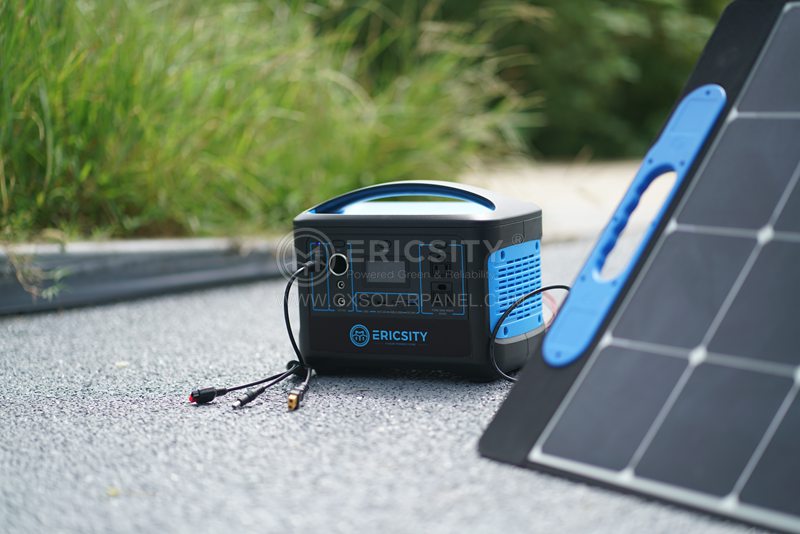HOT PRODUCT
Product Details
The Science Behind 100w Folding Panels: How They Convert Sunlight
The Science Behind 100w Folding Panels: How They Convert Sunlight
In recent years, there has been a growing interest in renewable energy sources, and solar power stands out as a prominent and promising option. Solar panels, especially portable ones like the 100w folding panels, have captured the attention of outdoor enthusiasts, campers, and those seeking sustainable energy solutions. But have you ever wondered how these folding panels work and how they convert sunlight into usable energy? In this article, we delve into the science behind 100w folding panels and uncover the fascinating process of solar energy conversion.
To understand the science behind 100w folding panels, one must first grasp the fundamental principle of solar energy conversion known as the photovoltaic effect. This effect occurs within solar cells, which are the building blocks of solar panels. Solar cells are typically made from silicon, a semiconducting material that exhibits specific properties when exposed to sunlight.
When sunlight reaches a solar cell, it is composed of tiny packets of energy called photons. These photons carry the energy from the sun. Once the photons hit the surface of a solar cell, they interact with the silicon atoms. This interaction causes the electrons within the atoms to absorb the energy from the photons, increasing their energy level and enabling them to move freely.
The movement of these energized electrons creates an electric current. To harness this electric current, solar cells are structured with positive and negative layers. The top layer of a solar cell is usually engineered to have an abundance of loose electrons, while the bottom layer is designed to have an excess of positively charged particles known as holes. When the electrons move towards the bottom layer of the solar cell, they create a flow of electrons, i.e., an electric current.
However, to generate a usable output of electricity, a single solar cell is not sufficient. This is where solar panels, like the 100w folding panels, come into play. A solar panel comprises numerous interconnected solar cells, which work together to harness the maximum amount of sunlight and generate a continuous flow of electricity. These solar cells are arranged in a grid-like pattern, with each cell contributing a small portion of the overall energy generated.



To convert sunlight into electricity efficiently, the design of solar panels incorporates additional components. One such component is the anti-reflective coating applied to the surface of the solar cells. This coating reduces the percentage of sunlight that reflects off the cells, allowing for a higher absorption rate. The coating also optimizes light transmission, ensuring that more photons are absorbed by the silicon.
Another critical component is the metal contacts embedded within the solar cells. These contacts help in transferring the electricity generated by the moving electrons out of the solar cell efficiently. They form a circuit that connects all the solar cells in the panel, allowing the flow of current to be collected and utilized.

Finally, the 100w folding panels’s foldable design is worth mentioning. This feature allows for portability and enhances convenience. When folded, the panels become compact and lightweight, making them easy to carry during outdoor activities. The folding mechanism also protects the fragile solar cells, ensuring their durability and longevity.
In summary, the science behind 100w folding panels involves taking advantage of the photovoltaic effect within solar cells. By absorbing photons from sunlight, the energized electrons generate an electric current. When multiple solar cells are interconnected in a solar panel, they work together to convert sunlight into usable electricity. Additional components such as anti-reflective coatings and metal contacts optimize the energy conversion process. With their folding design, 100w folding panels offer a convenient and portable solution for harnessing solar energy, making them an appealing option for individuals seeking sustainable power sources.




